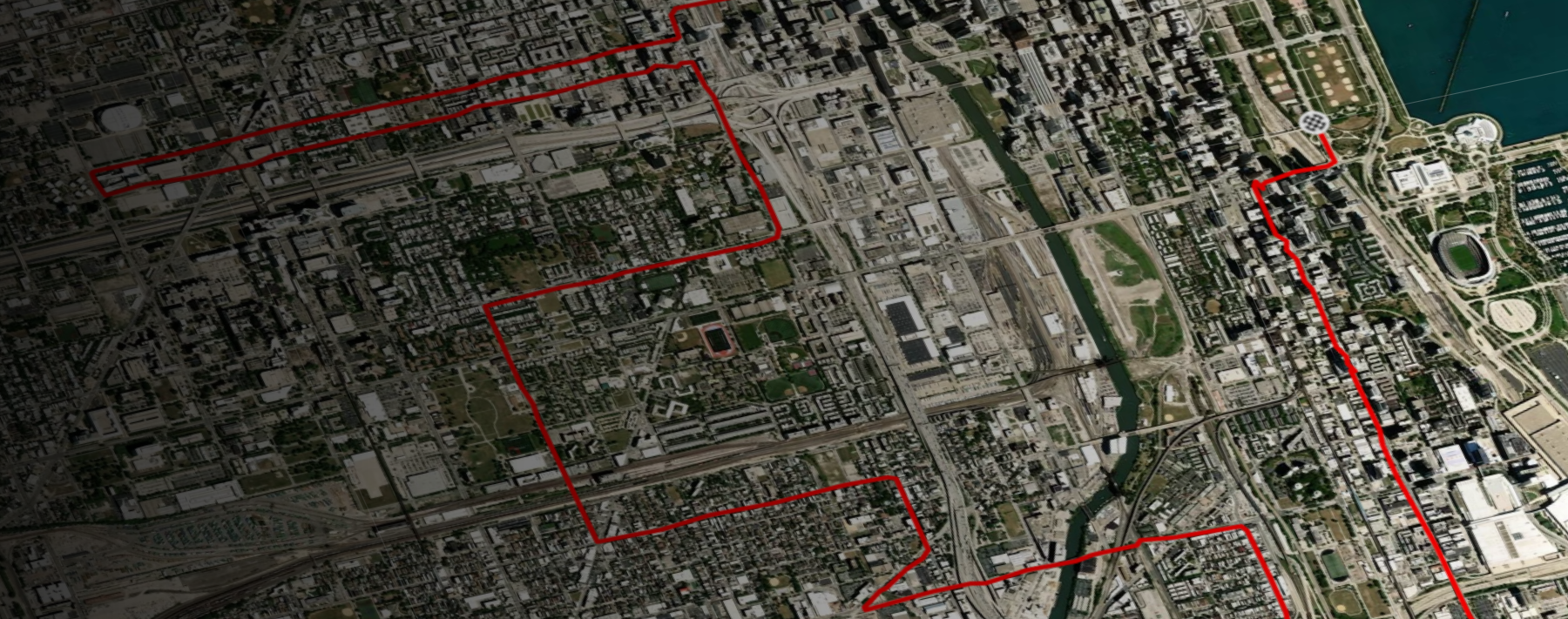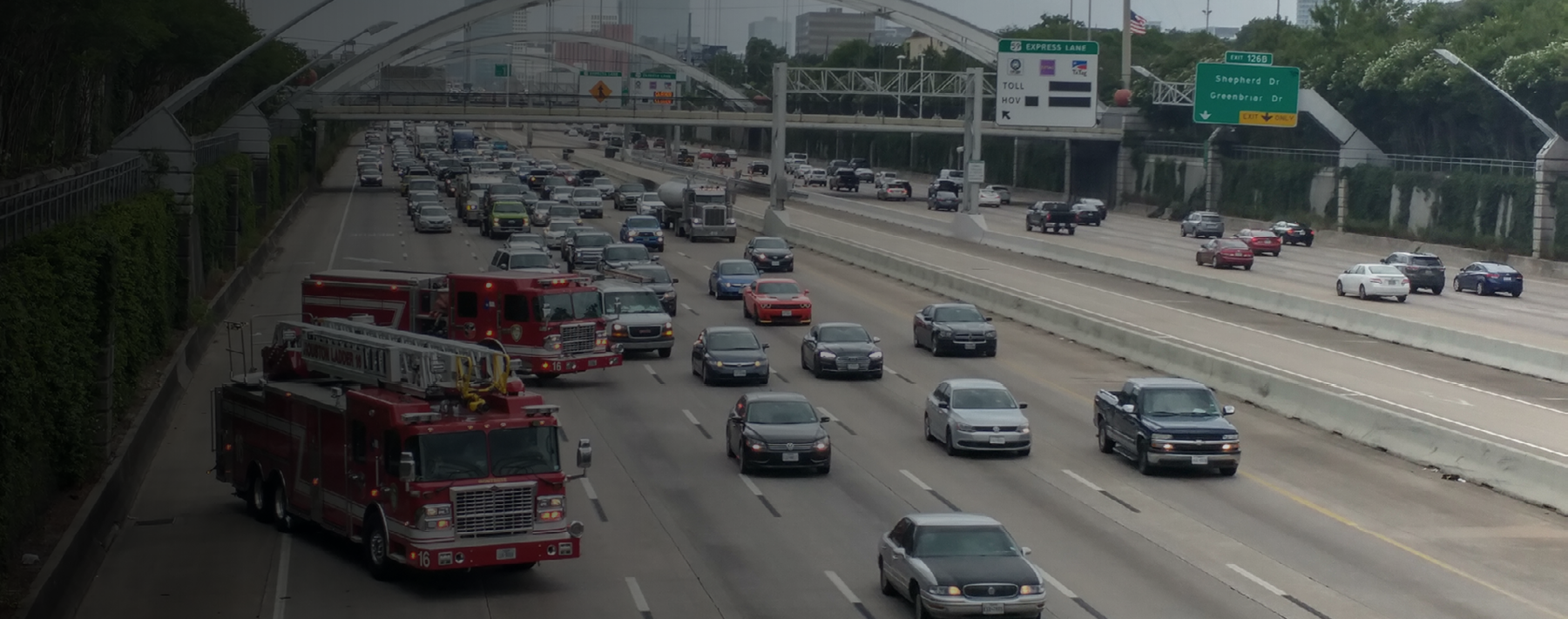You pull into the station after several days off. It feels good to be back to work after a productive time off. You finally got that landscaping project done, spent some time with the kids in the pool and even got some afternoon hiking in.
You put your gear on the rig and head for line-up. Before the day gets rolling, the captain reviews some department policies and advises the crew we have hose testing first thing this morning and training with the rookie in the afternoon. He also reminds us that starting next shift, we begin our annual brush fire inspections. Looks like it’s going to be another long, hot fire season. Although you don’t wish destructive wildfires on anyone, you feel a rush of excitement about the possibility of being deployed on a strike team.
With that briefing, we’re ready to start our day, right? Wrong. We forgot to cover the importance of protecting our skin. Summertime skin exposure, both on and off duty, is a hazard we often forget about or fail to treat seriously.
“Exposure” is a common word in the fire service. Fully involved structures require exposure protection. Our PPE and breathing apparatus keep us protected from exposure to carcinogens. Our policies keep us safe, while protecting us from the consequences of poor performance or conduct unbecoming. Diesel exhaust systems help prevent exposure to dangerous emissions that cause pulmonary disease.
Unfortunately, we pay little attention to sun exposure and its connection to skin cancer. Firefighters have a higher risk of skin cancer than the general public. We also tend to be diagnosed with melanoma younger than the general population—one study in Florida found firefighters were diagnosed with melanoma at a median age of 43 years, compared with 64 years for the general public.
The risk of skin cancer is likely higher for firefighters for two reasons: We spend a lot of time outside, often without taking precautions such as wearing long pants and sunblock. And, our skin absorbs carcinogenic chemicals that collect on our faces, hands and PPE at fires. Dr. Alberto Caban-Martinez, an assistant professor in the Department of Health Sciences at the University of Miami’s Miller School of Medicine, notes there may even be a synergistic effect—not yet understood or documented—of exposure to sun and exposure to chemicals.
What can we do to reduce the risk of firefighter skin cancer? Fortunately, it’s relatively simple to do:
- Whenever possible, position yourself in shaded or covered areas. This includes training, cleaning the apparatus, and conducting extended operations at fires or other calls.
- Wear sunblock every day. Use one that’s at least SPF 15. Apply sunscreen daily to your face, arms and hands (and your head if appropriate). If you’ll be working outside in shorts, remember to protect your legs too.
- Cover up. While sunblock is effective, you need to remember to put it on and reapply periodically. It’s often easier to use clothing to provide protection. Hats (some offer neck coverings), long sleeves and pants often block rays as well as sunscreen. If you choose lightweight, quick-drying fabrics that breathe, you may feel less hot wearing long sleeves and pants than you would in a tank top and shorts.
- Following every fire, practice gross decon: Clean your PPE and gear with water, use wipes or soap and water to remove soot from your skin, and if possible shower before being deployed to another call.
- Make your PPE work for you. Your neck and head are prime areas for exposure. Make sure your hood, collar and ear flaps work together seamlessly to provide full protection.
- Monitor your skin for changes that can indicate skin cancer. You should perform frequent self-skin exams and visit your doctor regularly for full-body skin checks.
Although firefighters face unique exposure for skin cancer, we can also reduce our risk through behavioral changes and increased awareness. Can you commit to a change to protect yourself today?



